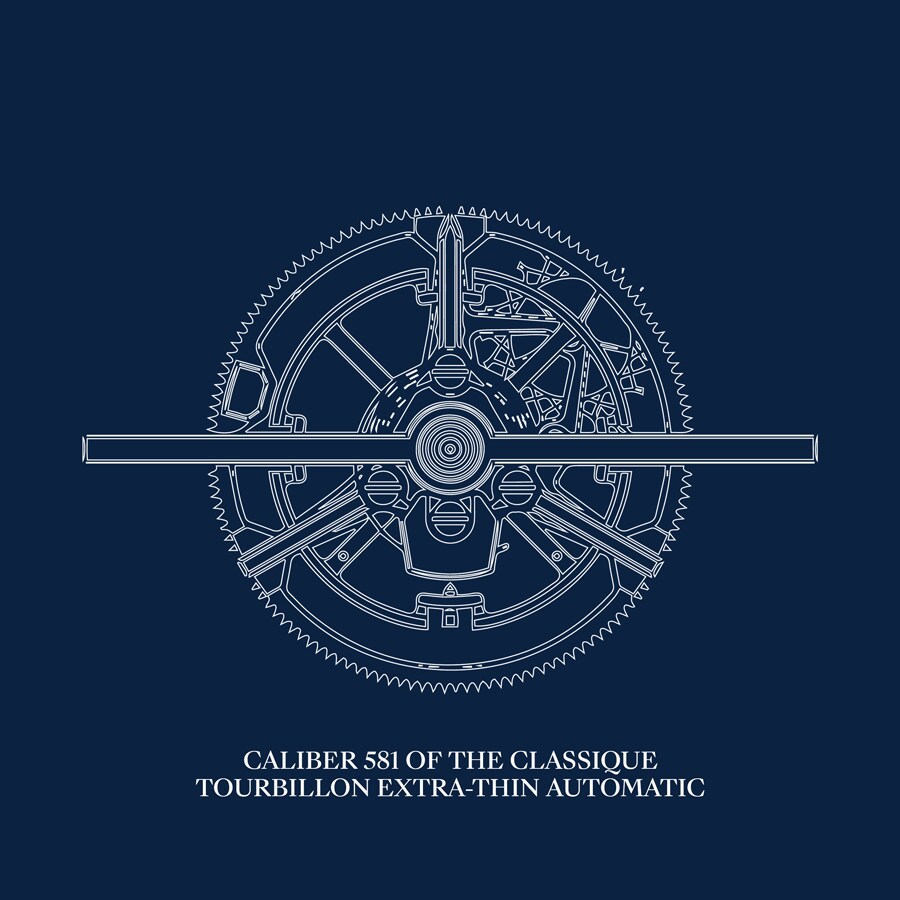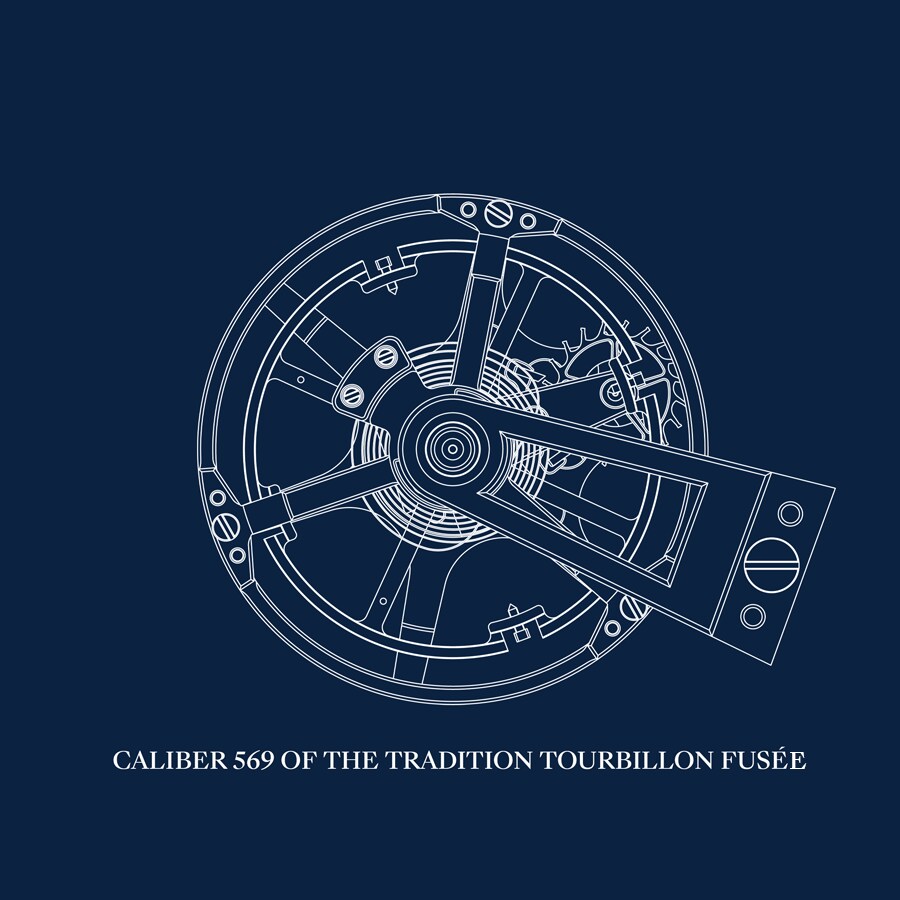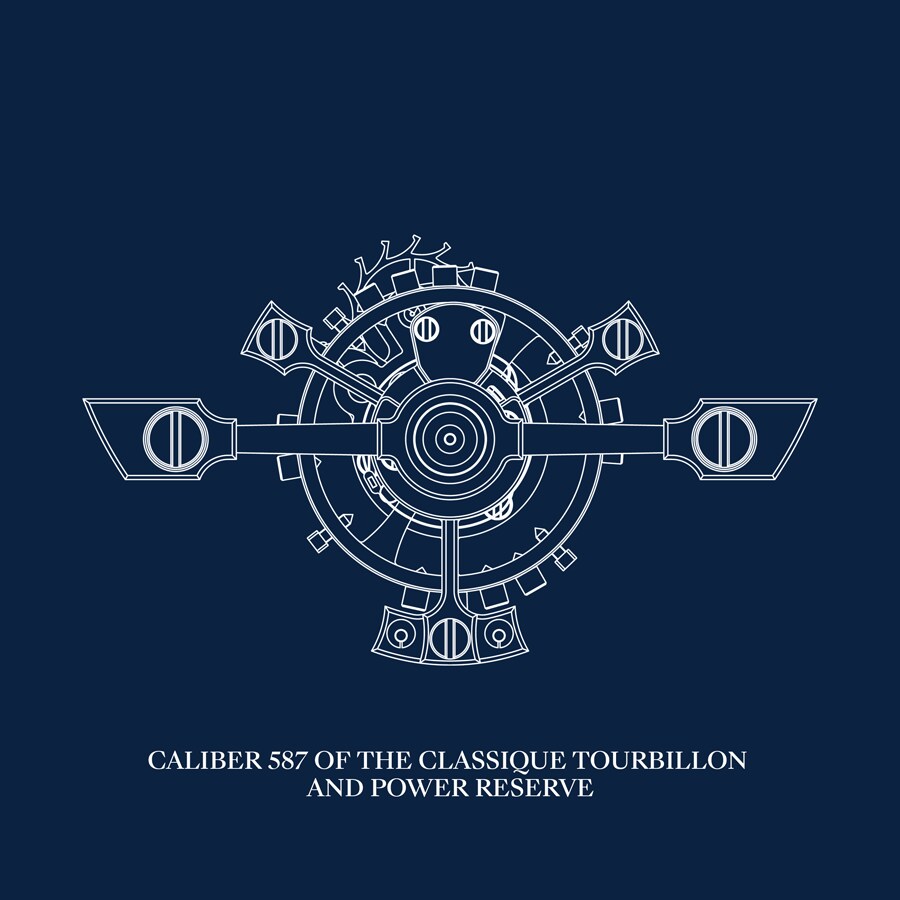An exquisite mechanism of unrivaled complexity, the invention lies at the heart of a genuine human adventure that, to this day, contributes extensively to the reputation of its creator Abraham-Louis Breguet and his House.
Compensating for the effects of Earth’s gravity, which is detrimental to a watch movement’s accuracy, the Tourbillon is based on a brilliant principle and truly fascinating to observe in action. The balance-and-spring assembly together with the escapement are housed in a rotating carriage performing one complete turn per minute. Today Breguet watches are made in the Swiss region of Vallée de Joux, the centre of advanced mechanical horology. Its artisans, driven by the same enthusiasm that the founder brought to his art, create timepieces that suggest both a return to the brand’s origins and a vision of its future.










